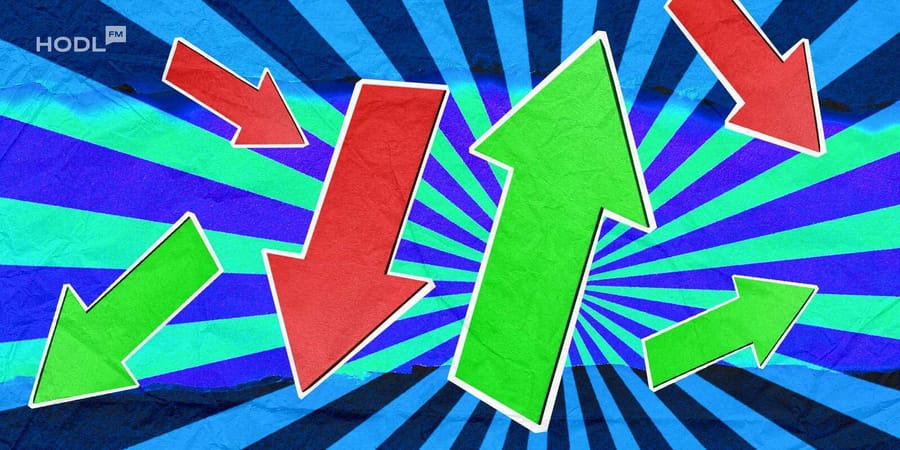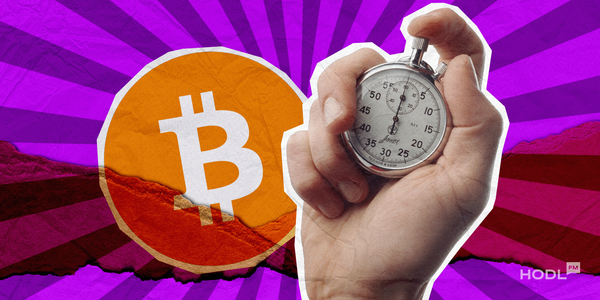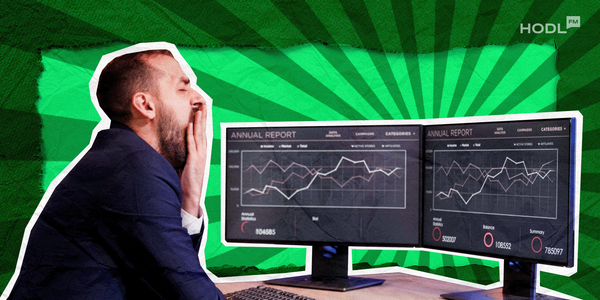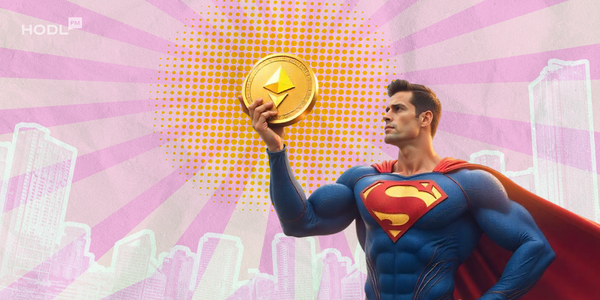A trader’s best friend is risk management. One of its key tools is trading orders. Without them, trading turns into a simple “buy low, sell high” game, while the crypto price has its own plans and often crashes yours. Orders, on the other hand, give you some control over your profits and losses, and a real chance to come out ahead.
In this article, we’ll break down the main order types and explain how each one can help you trade smarter. This knowledge will come in handy on any exchange.
What are Trading Orders?
An order is when you give an instruction to the exchange to execute your trade once specific conditions are met. All the orders presented in this article come from general trading theory and are even listed in the SEC's investor bulletin (!). They apply not only to crypto but also to the stock market.
Why do you need orders? To help you maximize profit, minimize losses, and make sure you buy or sell an asset at precisely the price you planned.
All orders can be divided into three categories: basic, conditional, and time-based. They’re even grouped this way on exchanges and placed in different areas of the interface.
- Basic: market and limit orders. These are the most common ones.
- Conditional orders: stop-loss, take-profit, stop-limit, one cancels other (OCO). They are executed only when certain conditions are met.
- Time-based orders: day orders, good-til-canceled (GTC), immediate-or-cancel (IOC), and fill-or-kill (FOK). These control how long your order stays active.
You might see slightly different order names across exchanges, but don't worry, it's not that they're different types. They're just worded differently by each platform to make things clearer for their users.
Before diving into the order types themselves, it's important to understand two key concepts: order book and price slippage.
What is an Order Book?
An order book is a live list of all the buy and sell orders for a cryptocurrency on an exchange. It shows you who wants to buy, who wants to sell, how much, and at what price in real time.
When a buyer and seller agree on price, the trade happens, and those orders disappear from the book. In short, the order book shows the live action behind the scenes.
What is Price Slippage?
Price Slippage is the most upsetting and unexpected thing in trading. It's when you get a different execution price than expected. This usually occurs during order execution, most often with market orders.
It's common in fast-moving markets or when liquidity is low and there are very few buy or sell orders in the order book. For example, you try to buy ETH at $2,000, but by the time your order goes through, the price is already $2,020.
Let me share a personal experience. A few weeks ago, I participated in the Alpha points race on Binance. The idea was to generate volume using "alpha tokens" and get points for it. It was regular spot trading, but only using alpha tokens. However, they were super volatile and illiquid. When I was closing one of my trades, the exchange warned me that the slippage would be $20. Considering that the trade was only $128, that was painful.
Market Orders
A market order is the easiest and most basic type of order. It's set as the default option on most exchanges. If you want to choose another type, you usually need to click a few extra buttons.
It's useful when you want to buy or sell right here, right now. For example, when you just found out that a certain coin is promising, it's already going up (like a meme coin $TRUMP), and you don't want to wait for it to drop again. Or when you've already done your due diligence and believe the current price is the best entry point.
However, the downside is that you have less control. You get speed, but you give up some precision. This might be the exact problem we discussed in the previous section — price slippage.
Limit Orders
Limit orders are when you set your own price at which you want to buy or sell cryptocurrency. The main idea behind a limit order is to maximize profit by trying to catch the best possible entry or exit point.
But there's a catch. Exchanges can't always execute limit orders if the price is moving too fast and doesn't pause long enough at your chosen price.
Stop Orders
Stop orders (also known as stop-loss orders) are used to stop a trade, which is clear from the name. It’s a type of conditional order or trigger. It doesn't execute the trade immediately but only activates once a specific price is hit. After that, a stop order usually triggers a market order, unless you've specifically set another type.
A stop-loss point is essentially a price level at which you're willing to take a loss and automatically exit the trade to protect yourself from further downside.
By the way, another type of conditional order is the take-profit. It activates a trade when the price reaches your target, allowing you to secure your gains.
Stop-Limit Orders
Stop-limit orders are a combination of a stop order and a limit order. No worries, let's break it down. This type of order protects you from both sides. It's when you know exactly at what price the order will be activated and the minimum price at which you're willing to sell.
Maybe you're thinking: "If I can set any points in advance, isn't that the secret to becoming a crypto-billionaire?" Not really. Because the market might move in the opposite direction.
So where's the risk here? If the price moves too fast and skips your limit level, the stop gets triggered, but the limit order might never be executed, and the trade might not happen at all.
One Cancels Other (OCO) Orders
Do you remember a very simple way of futures trading when you open a market order, set a stop-loss, and set a take-profit? This is a standard and widely used approach. But price slippage is still possible. That's why OCO orders follow a similar logic but use different tools.
OCO = limit order + stop-limit order.
You place a limit order to take profit and a stop-limit order to cut losses. As soon as one is triggered, the other is automatically canceled. This allows you to lock in gains or minimize losses without having to constantly monitor the market.
Fill or Kill (FOK) Orders
A Fill or Kill Order is a requirement for a transaction to be executed immediately and in full; otherwise, it is canceled. Unlike these, all previous order types can be partially filled at different prices.
For example, you want to buy exactly 10 ETH at no more than $3,000 each, but only if you can get the full 10 ETH right now. Partial orders aren't acceptable to you. So you place the following order: Buy 10 ETH in $3,000 with FOK. If the order book doesn't have enough ETH available at $3,000 or lower, the kill part kicks in, and the entire order gets canceled.
Good 'Til Canceled (GTC) Orders
A Good 'Til Canceled order is one that stays open until it's either filled or you decide to cancel it. It can protect you from impulsive decisions during market volatility. Just don’t forget about it!
Actually, every limit order is GTC by default. However, some platforms let you choose other time options like "Day Order." So, the "GTC" button isn’t about turning on a new function, but about making sure your order stays active as long as you intend.
How to Choose the Right Order Type
While discussing orders, we've already mentioned where each one is used. But now, let's go over it again and compare them directly.
Market orders are used for immediate execution, while limit orders are used when you want to control the price, especially for less liquid or volatile assets.
Stop and stop-limit orders to manage risks with highly volatile prices. And trailing stops are helpful for automated exits that move with the price.
Tip: Practice with small amounts first and make sure you understand the risks of each order type before using large capital.
Common Mistakes to Avoid in Order Execution
Whether you're a beginner or an experienced trader, order execution mistakes can still happen and sometimes they hurt more than FOMO. Here’s what to avoid if you want to trade smart and protect your funds:
- Using market orders in volatile conditions. This can lead to serious price slippage.
- Forgetting to set a stop-loss. Without a stop-loss, you’re exposing yourself to the risk of liquidation, when the exchange forcibly closes your position and takes all your funds.
- Setting limit orders wrong or too far from reality. Want to buy ETH at $100 or sell it at $10,000 next week? Unfortunately, that’s highly unlikely.
- Ignoring fees and slippage. Sometimes you're in such a hurry to open a trade that you ignore all the exchange's warnings about fees and slippage and end up with a nasty surprise like losing $20 right away.
- Forgetting to cancel old orders. When you have too many active orders, it’s easy to lose track. You could get filled at a loss unexpectedly. If you had been watching the price closely, you could’ve made a solid profit.
Conclusion
Trading orders aren't just boring buttons on a screen; they're your strategy toolkit and a safety net. Whether you're trading intraday or patiently waiting for the best entry point for several days, using the right order can determine your financial future.
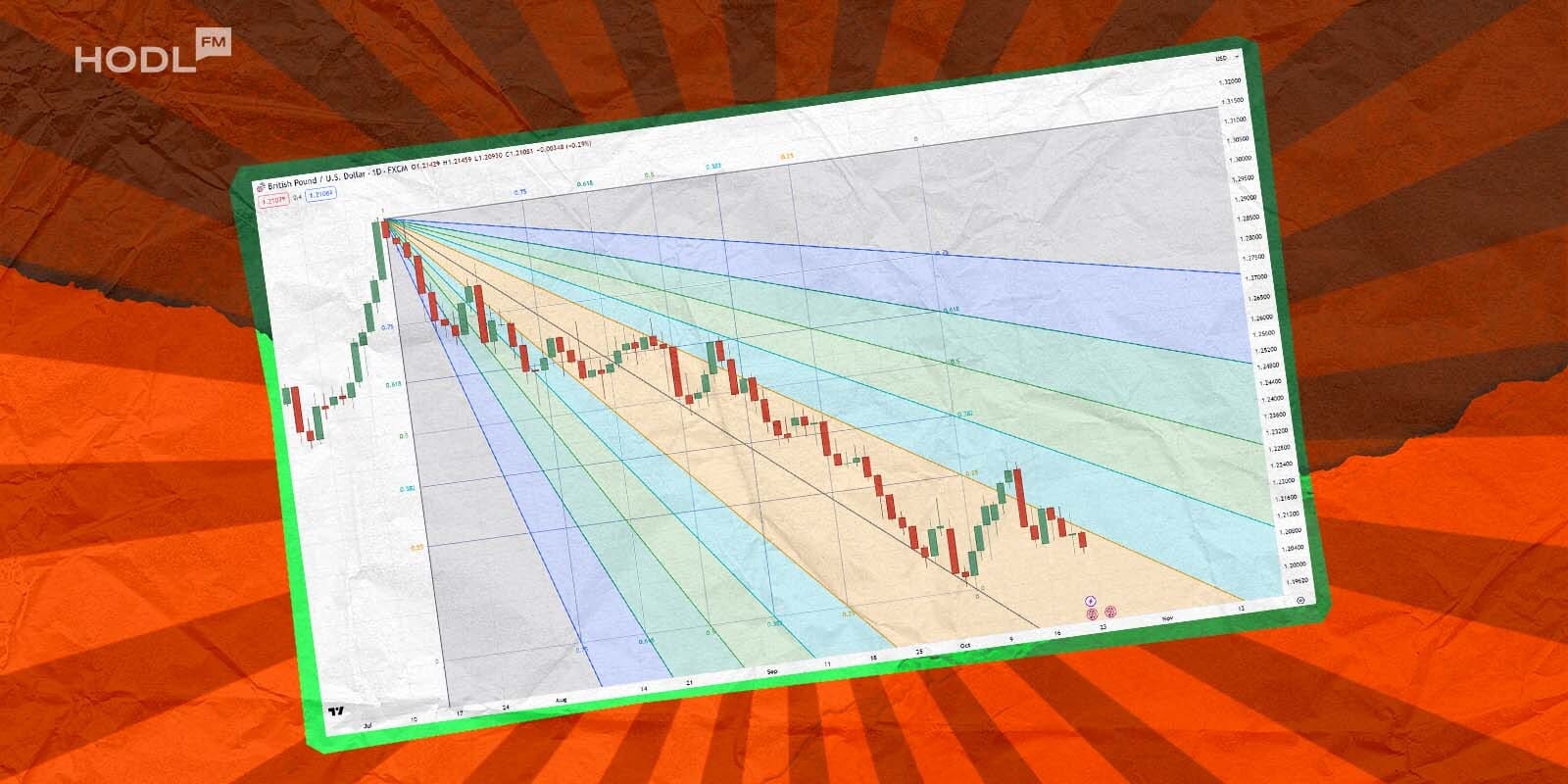
Disclaimer: All materials on this site are for informational purposes only. None of the material should be interpreted as investment advice. Please note that despite the nature of much of the material created and hosted on this website, HODL FM is not a financial reference resource, and the opinions of authors and other contributors are their own and should not be taken as financial advice. If you require advice. HODL FM strongly recommends contacting a qualified industry professional.
